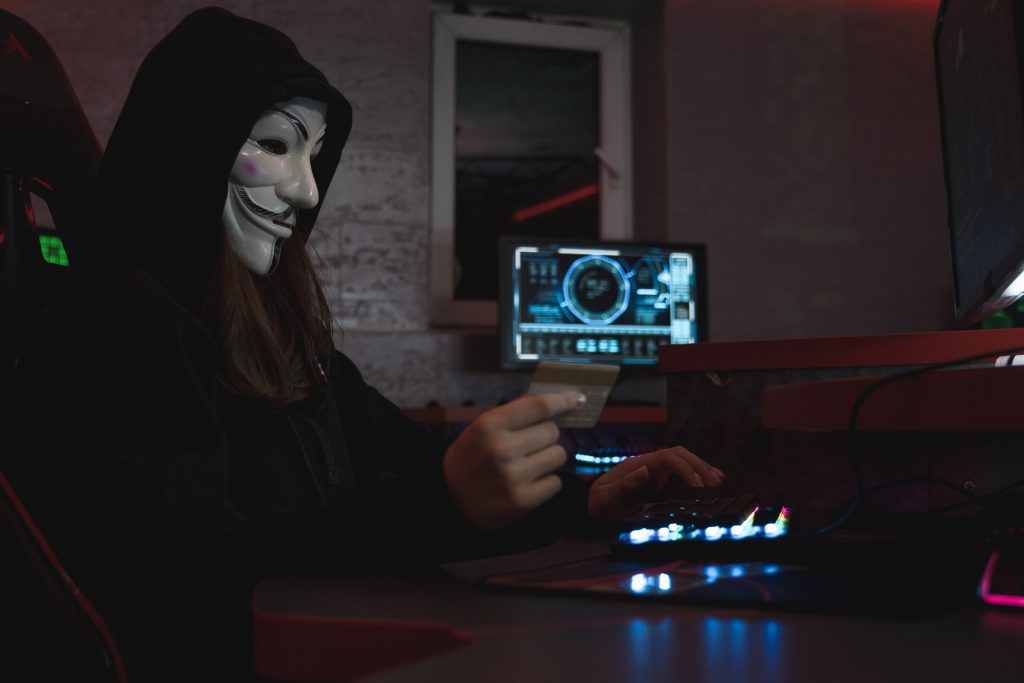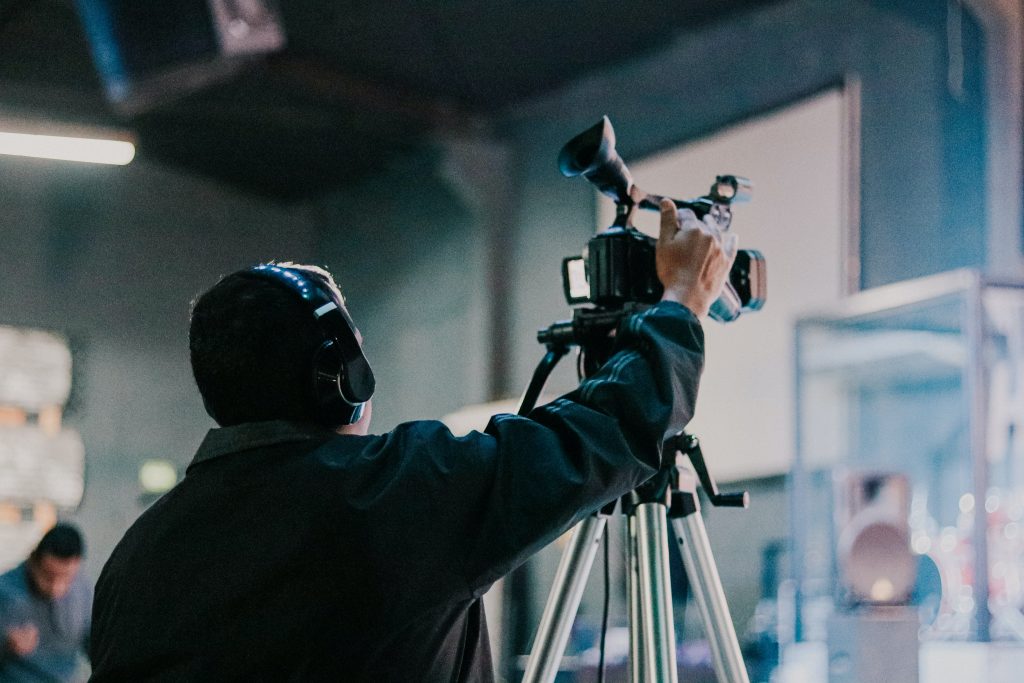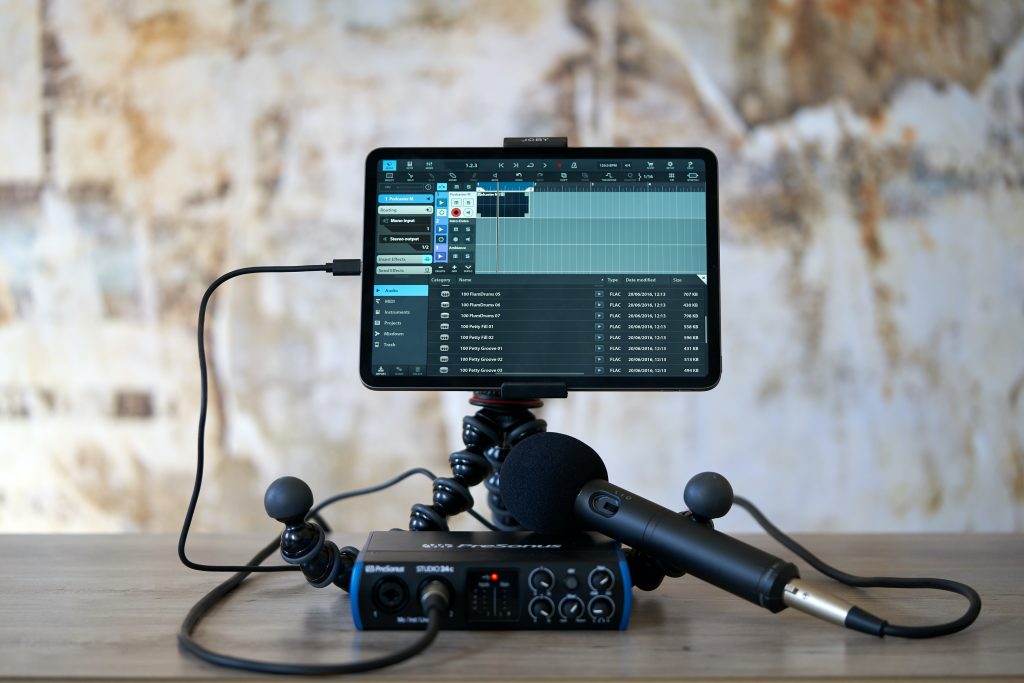Creative and entertainment industries nowadays represent more than 3% of the GDP in Europe and they range from creative content providers (TV & radio, fashion, music) through creative experience providers (movies and music experience) to creative services providers (advertising, design, architecture).
Creative services, contents and experiences present knowledge requirements that are defined increasingly beyond a single discipline and appear to lie in a sound engagement among the creative practitioner (artist/designer/composer/entertainer), the engineer and the scientist. Digital arts, creative industries, and (tele)communication + (social) signal processing speak the language of convergence rather than autonomy. Their interaction calls for special attention now more than ever.
This week we’ve selected Top 5 trending articles from EUD library about how creativity can influence disruptive future developments.
1. The future of Artificial Intelligence in Cybersecurity: A Comprehensive Survey
Authors of this paper, Feng Tao, Muhammad Shoaib Akhtar, Zhang Jiayuan presented some previous studies related to Cybersecurity which involves AI. Increasing incidents of huge cyber-attacks globally have created awareness among organizations for securing their information. The motive behind these cyber-criminals are political competition, competitors move for gain and harming the name of others, international information theft, and radical non-secular cluster interest. Most cyber-attacks are for gain. The future of Artificial Intelligence in Cybersecurity: A Comprehensive Survey apperared in issue 28 of EAI Endorsed Transactions on Creative Technologies.

2. Time-Series Prediction of Cryptocurrency Market using Machine Learning Techniques
In the market of cryptocurrency the Bitcoins are the first currency which has gain the significant importance. To predict the market price and stability of Bitcoin in Crypto-market, a machine learning based time series analysis has been applied. Time-series analysis can predict the future ups and downs in the price of Bitcoin. For this purpose, authors Mahir Iqbal, Muhammad Shuaib Iqbal, Fawwad Hassan Jaskani, Khurum Iqbal, Ali Hassan have used ARIMA, FBProphet, XG Boosting for time series analysis as a machine learning techniques. The parameters on the basis of which they have evaluated these models are Root Mean Square Error (RMSE), Mean Absolute Error (MAE) and R2.
Time-Series Prediction of Cryptocurrency Market using Machine Learning Techniques was published in issue 28 of EAI Endorsed Transactions on Creative Technologies.

3. From GUI to AVUI: Situating Audiovisual User Interfaces Within Human-Computer Interaction and Related Fields
In this research, authors Nuno N. Correia and Atau Tanaka, combine literature review of related concepts with a user-centered design methodology, involving a community of audiovisual artists and performers.
They propose AudioVisual User Interfaces (AVUI), a novel type of UI linking interaction, sound and image. It extends the concept of Graphical User Interface (GUI) by adding interconnected sound and image. Researchers aim to situate AVUIs in relation to identified relevant fields: Human-Computer Interaction (HCI), sonic interaction design, cognitive psychology and audiovisual art, and to identify benefits of AVUIs inthe context of those fields.
From GUI to AVUI: Situating Audiovisual User Interfaces Within Human-Computer Interaction and Related Fields appeared in issue 27 of EAI Endorsed Transactions on Creative Technologies.

4. Design Strategies for a Hybrid Video Synthesizer
Technological advances have led to newer instruments and forms of audiovisual performance. Simultaneously, there has been a resurgence of analogue equipment in sound synthesis. However, such instruments for video synthesis are yet to be well established. The primary objective of the authors, Sourya Sen, Nuno N. Correia and Koray Tahiroğlu is to propose design guidelines for designing hybrid video synthesizers and develop a working prototype.
Through a study of historical and contemporary practises, design guidelines for a hybrid video synthesizer are proposed. A prototype instrument is then developed and used in live performances to justify the guidelines.
Design Strategies for a Hybrid Video Synthesizer appeared in issue 27 of EAI Endorsed Transactions on Creative Technologies.

5. Indoor Navigation using Augmented Reality
Authors of this paper, Ashly Martin, John Cheriyan, JJ Ganesh, Joel Sebastian, and Jayakrishna V., introduce the idea of Indoor Navigation using Augmented Reality. With the increase in complex building structures, people of different age may find it difficult to navigate within such structures. This paper provides a solution for this trouble using available and accessible resources. Using this application, a shop within a shopping mall, a specific room in a hotel etc., can be easily located and the user is provided with reasonably accurate visual assistance through their smartphone to reach his preferred location. The proposed system is inspired by augmented reality and 2-D Visual markers are the fundamental elements used in this system.
Indoor Navigation using Augmented Reality was published in issue 26 of EAI Endorsed Transactions on Creative Technologies.
Subscribe to our EAI Endorsed Transactions on Creative Technologies journal and never miss new content in your field of research.

